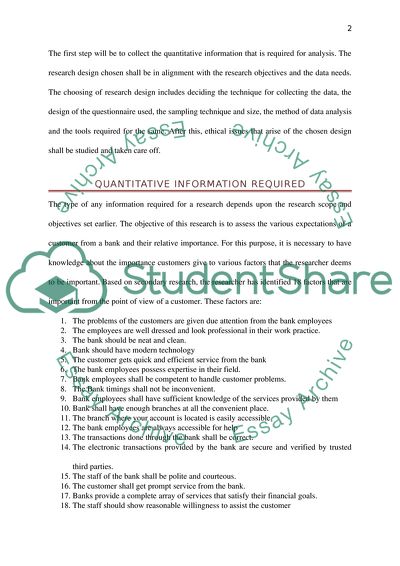Cite this document
(Expectations of Customers of the Banking Sector Research Paper, n.d.)
Expectations of Customers of the Banking Sector Research Paper. Retrieved from https://studentshare.org/marketing/1725550-market-research-3-the-quantitative-phase-and-presentation-of-findings
Expectations of Customers of the Banking Sector Research Paper. Retrieved from https://studentshare.org/marketing/1725550-market-research-3-the-quantitative-phase-and-presentation-of-findings
(Expectations of Customers of the Banking Sector Research Paper)
Expectations of Customers of the Banking Sector Research Paper. https://studentshare.org/marketing/1725550-market-research-3-the-quantitative-phase-and-presentation-of-findings.
Expectations of Customers of the Banking Sector Research Paper. https://studentshare.org/marketing/1725550-market-research-3-the-quantitative-phase-and-presentation-of-findings.
“Expectations of Customers of the Banking Sector Research Paper”, n.d. https://studentshare.org/marketing/1725550-market-research-3-the-quantitative-phase-and-presentation-of-findings.


